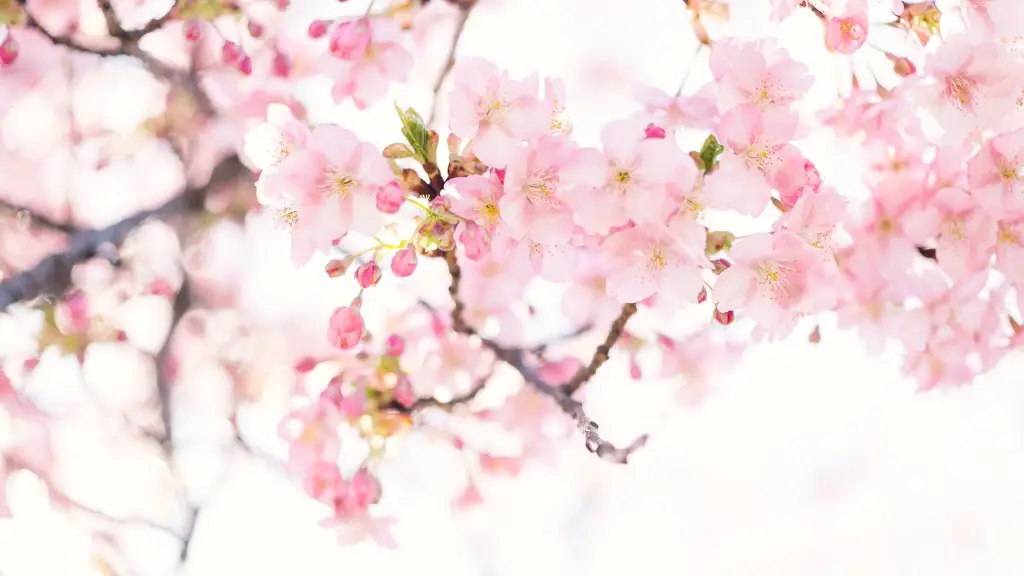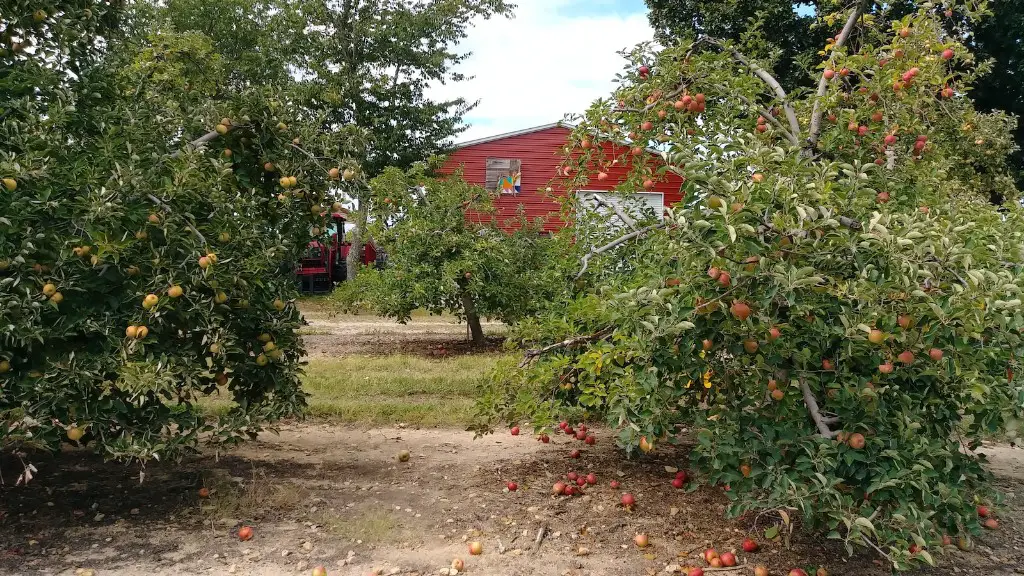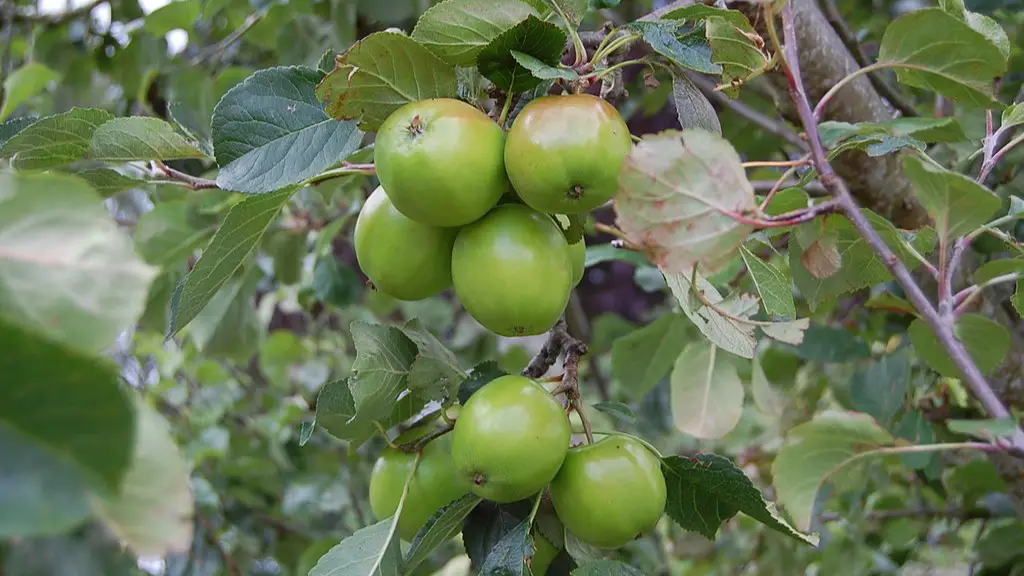What Is a Cherry Laurel Tree?
A cherry laurel tree is an evergreen ornamental tree that belongs to the genus Prunus. It is native to parts of Asia and the Mediterranean, but it is also widely cultivated worldwide. It is widely used as a hedging plant due to its dense foliage and attractive clove-scented white flowers.
A cherry laurel tree typically grows to between 6 and 12 meters in height, with a trunk diameter of up to 30 cm. The leaves are alternate and oval-shaped, with a glossy green or light green upper surface, and a greyish-green or yellowish-green underside. The tree produces fragrant clusters of white flowers in the late winter or spring.
The fruit of a cherry laurel tree is a small, blackish-purple drupe, or stone fruit, surrounded by a fleshy mesocarp. The fruit is typically about 1-2 cm in diameter, and contains a single seed. The fruit is usually eaten by birds and animals, and is not generally consumed by humans.
Cherry laurel trees are relatively hardy and can tolerate a wide range of soils and climates. However, they prefer sunny locations and well-drained soils. They also benefit from occasional pruning in order to maintain a dense, attractive form.
Cherry laurel trees are often used in parks, gardens, and hedgerows. They are also prized for their ability to provide year-round foliage, as well as attract pollinators such as bees, birds, and butterflies to the garden.
Cultivation Of Cherry Laurel Trees
Cherry laurel trees are usually planted from container-grown seedlings, although ornamental varieties can be grafted onto suitable rootstocks. They are typically planted in spring, although they can be planted in autumn in mild climates.
When planting, make sure to dig a hole twice the size of the root ball, and to incorporate plenty of compost or well-rotted manure into the planting hole. Water thoroughly after planting, and mulch around the base of the tree. This will help to conserve moisture and suppress weeds.
Cherry laurel trees should be pruned in the autumn or early winter to maintain their attractive shape. They respond well to hard pruning, so it is often possible to reduce the size of an established tree if necessary.
Cherry laurel trees are relatively free from pests and diseases, but they are susceptible to honey fungus. Remove any infected branches as soon as they are spotted, and dispose of them carefully in a sealed plastic bag.


